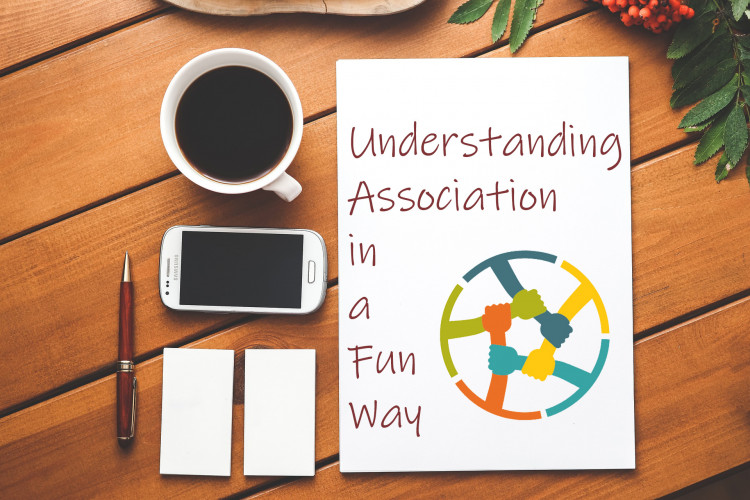Are you a social butterfly who loves to hang out with friends and make connections? Then you'll love learning about association in the world of databases and programming!
Association is a way to link two or more things together. In the world of databases, it's all about how different tables relate to each other. It's like having a web of connections that can help you find information quickly and easily.
There are three main types of association: one-to-one, one-to-many, and many-to-many. Let's explore them one by one -
- One-to-one association: Imagine you have a table of employees and a table of their personal information. Each employee has only one record in the personal information table, and each record in that table belongs to only one employee. That's a one-to-one association, where each record in one table is linked to only one record in another table.
- One-to-many association: Let's say you have a table of customers and a table of their orders. Each customer can have many orders, but each order belongs to only one customer. That's a one-to-many association, where each record in one table is linked to many records in another table.
- Many-to-many association: Now imagine you have a table of books and a table of authors. Each book can have multiple authors, and each author can write multiple books. That's a many-to-many association, where each record in one table can be linked to multiple records in another table, and vice versa.
Now, how does cardinality fit into all of this? Cardinality is like a rulebook that tells you how many records are allowed to be linked together. For example, in a one-to-one association, each record in one table can be linked to only one record in another table. In a one-to-many association, each record in one table can be linked to many records in another table, but each record in the other table can be linked to only one record in the first table.
This is where things can get a bit tricky, but don't worry - it's all about following the rules! In programming, we use these rules to make sure that the database works smoothly and efficiently. It's like a well-oiled machine that can quickly find and retrieve the information you need.
But association isn't just limited to databases - it can be used in many different applications, too. For example, think about your favorite social media platform. When you follow someone, you're creating an association between your account and theirs. When you like or comment on a post, you're creating an association between that post and your account.
Association can also be used in e-commerce to link customers with their purchases, in medical records to link patients with their treatments, and in many other industries. It's a powerful tool that helps us keep track of information and make connections in a fast and efficient way.
So the next time you're browsing your favorite website or app, take a moment to appreciate the power of association. It's what keeps everything running smoothly and helps you find what you're looking for in no time!







